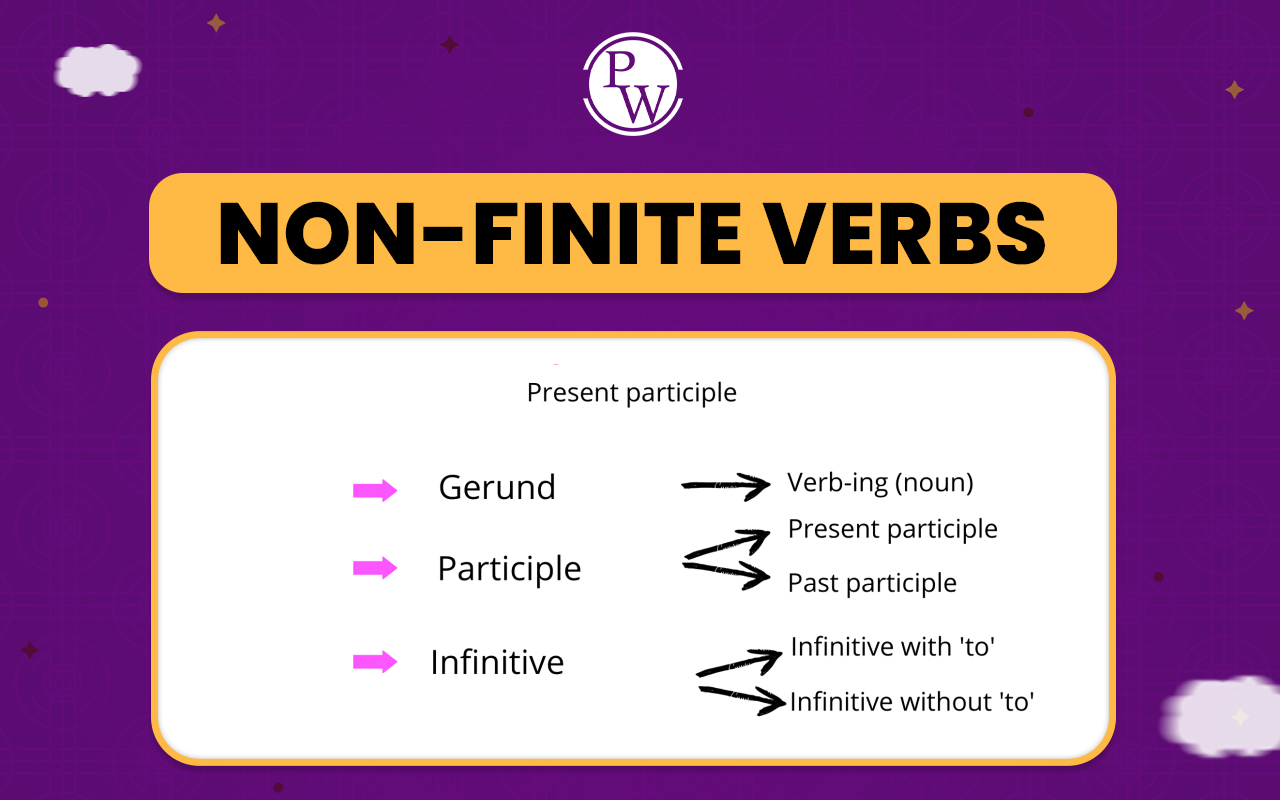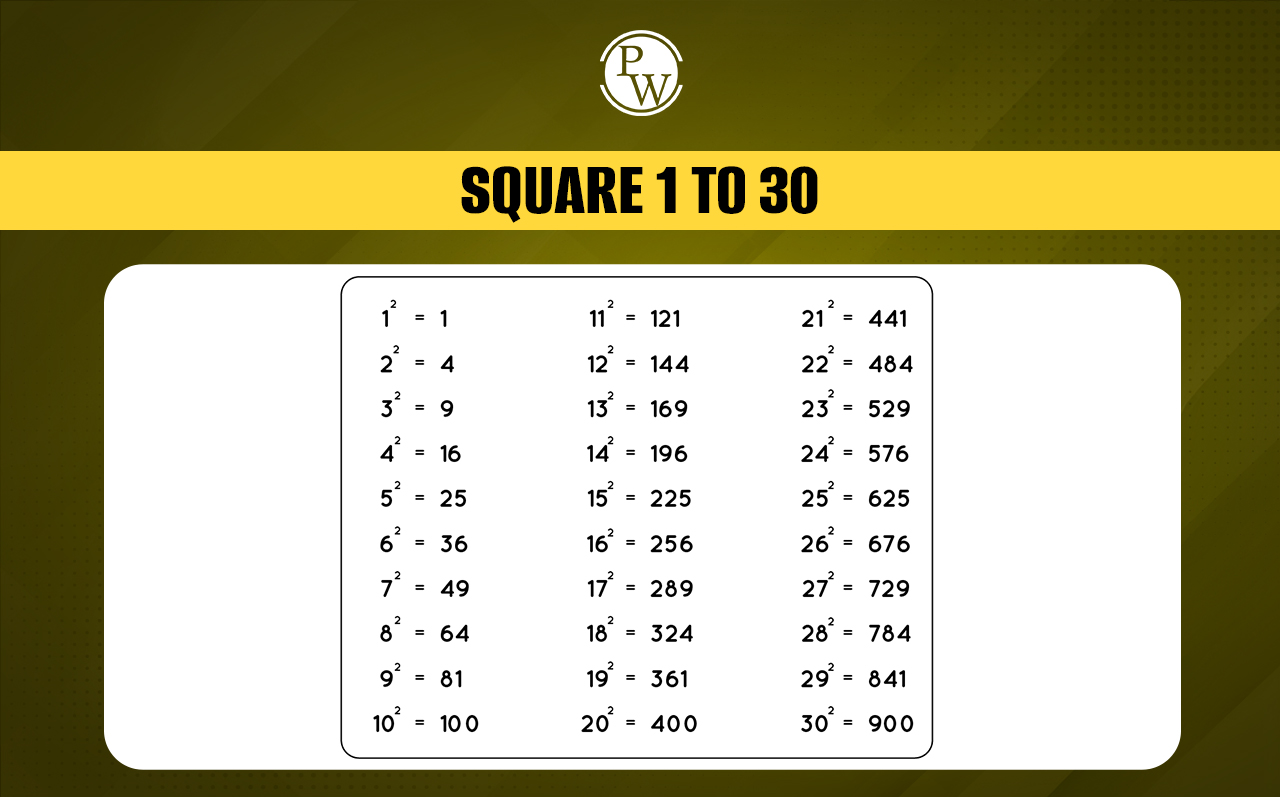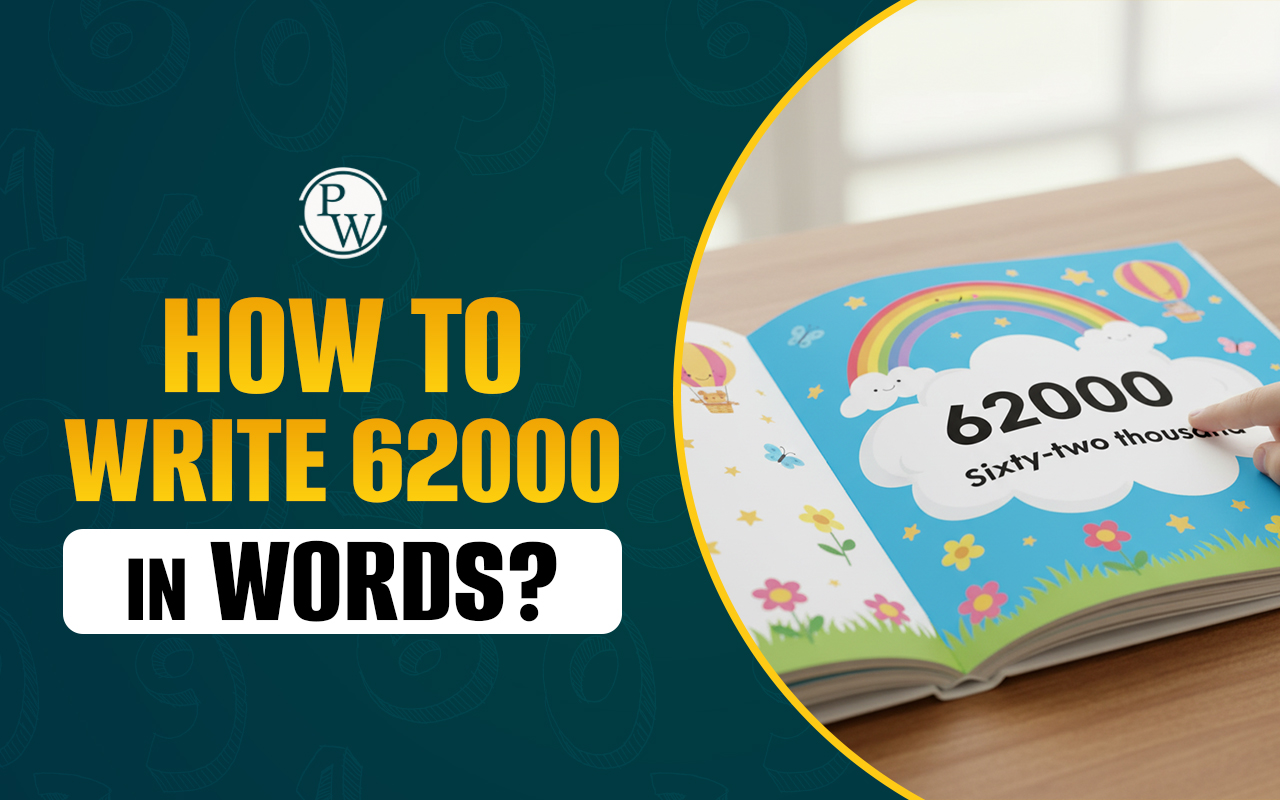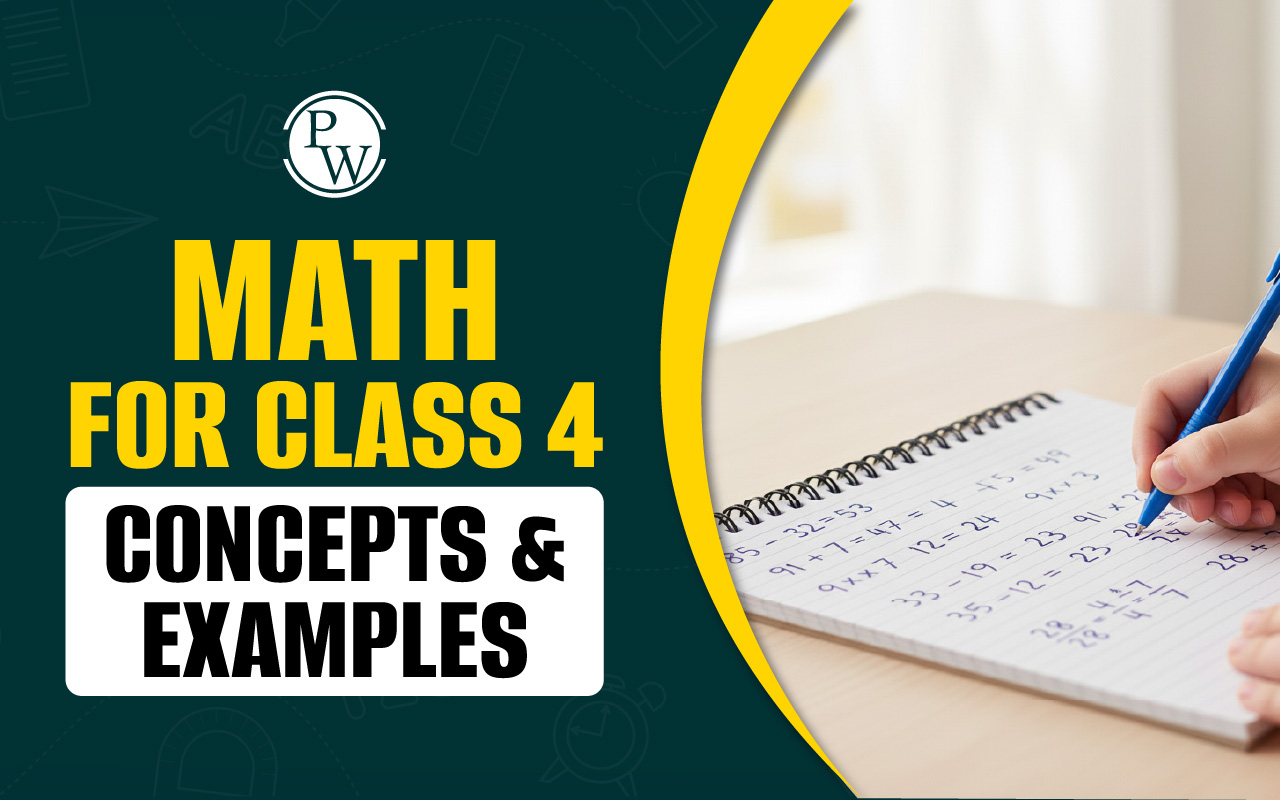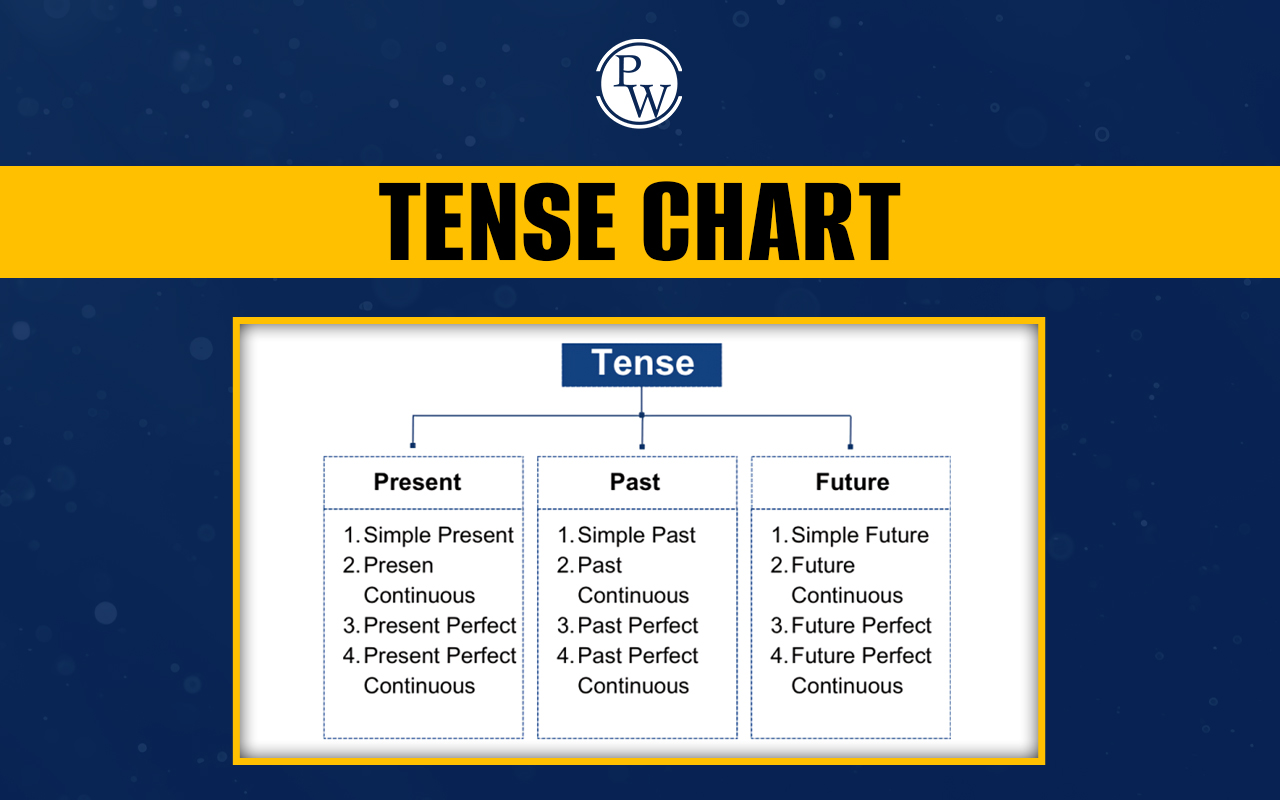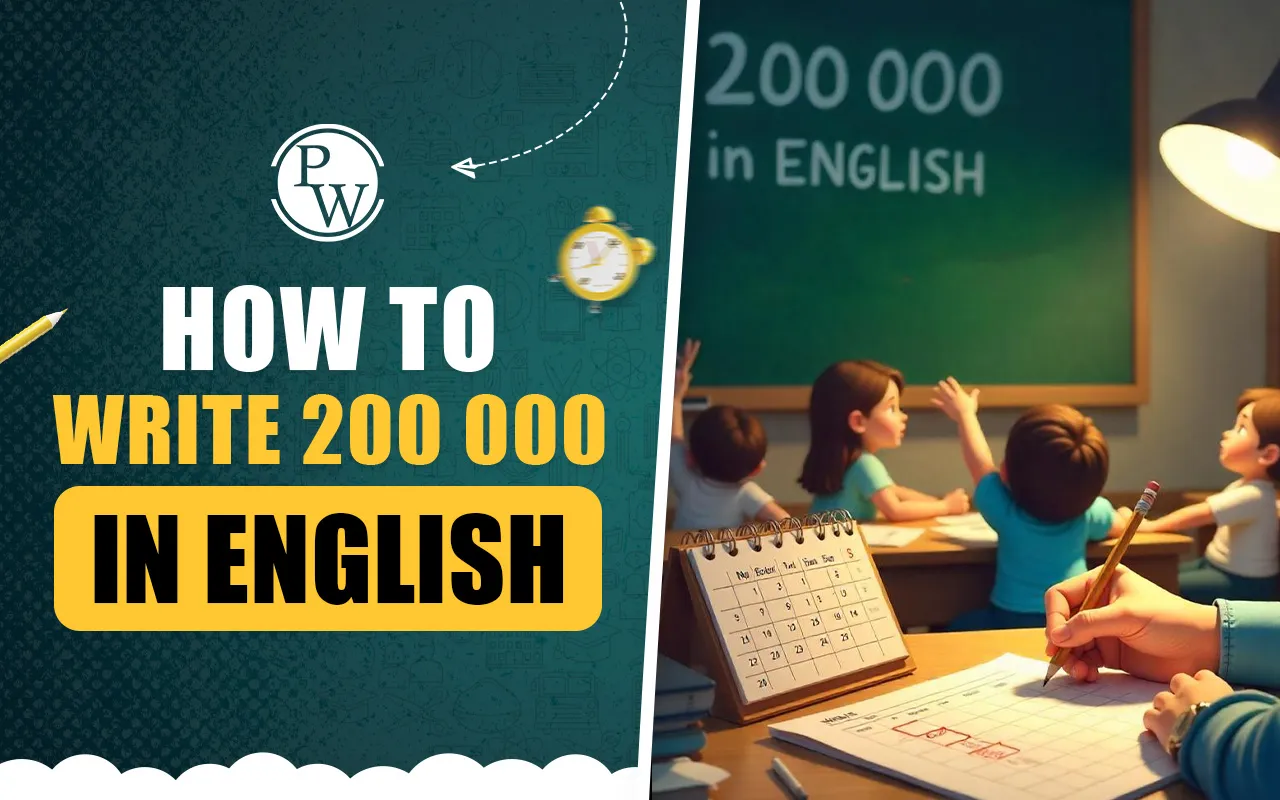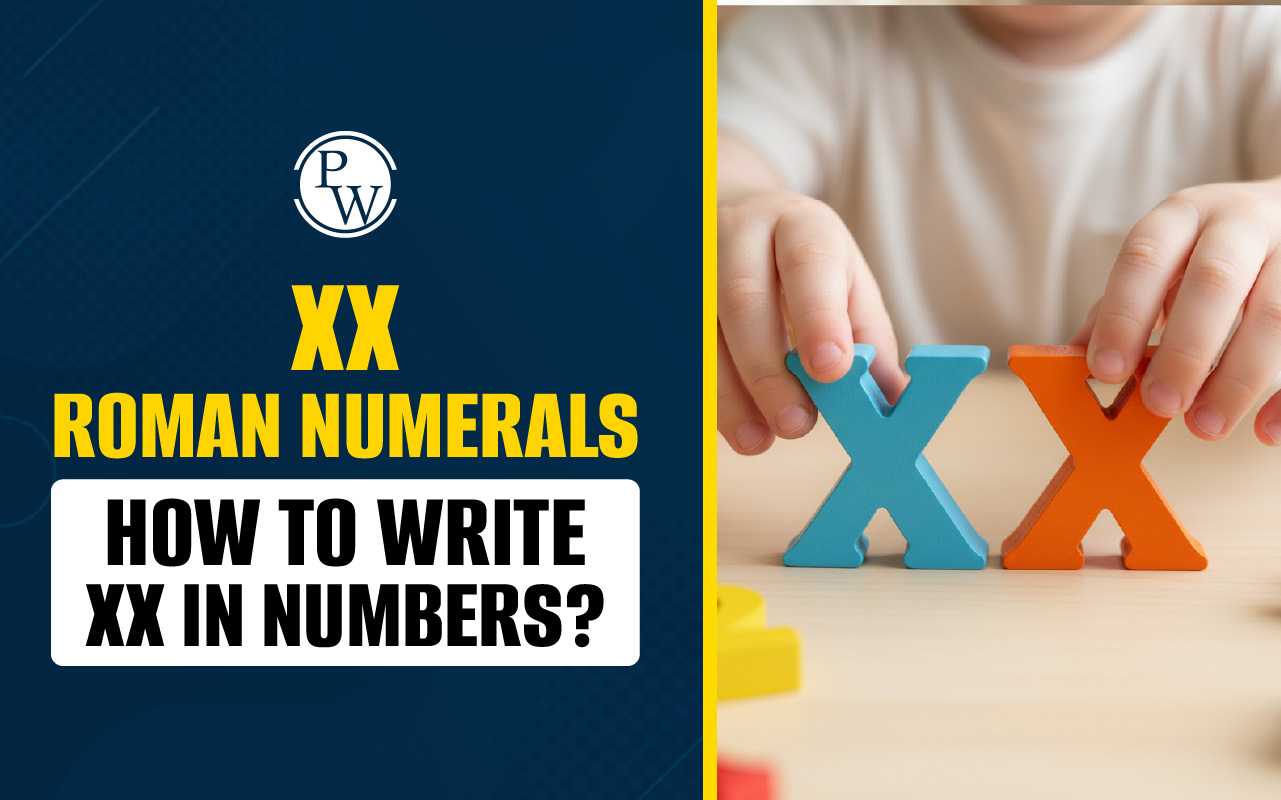
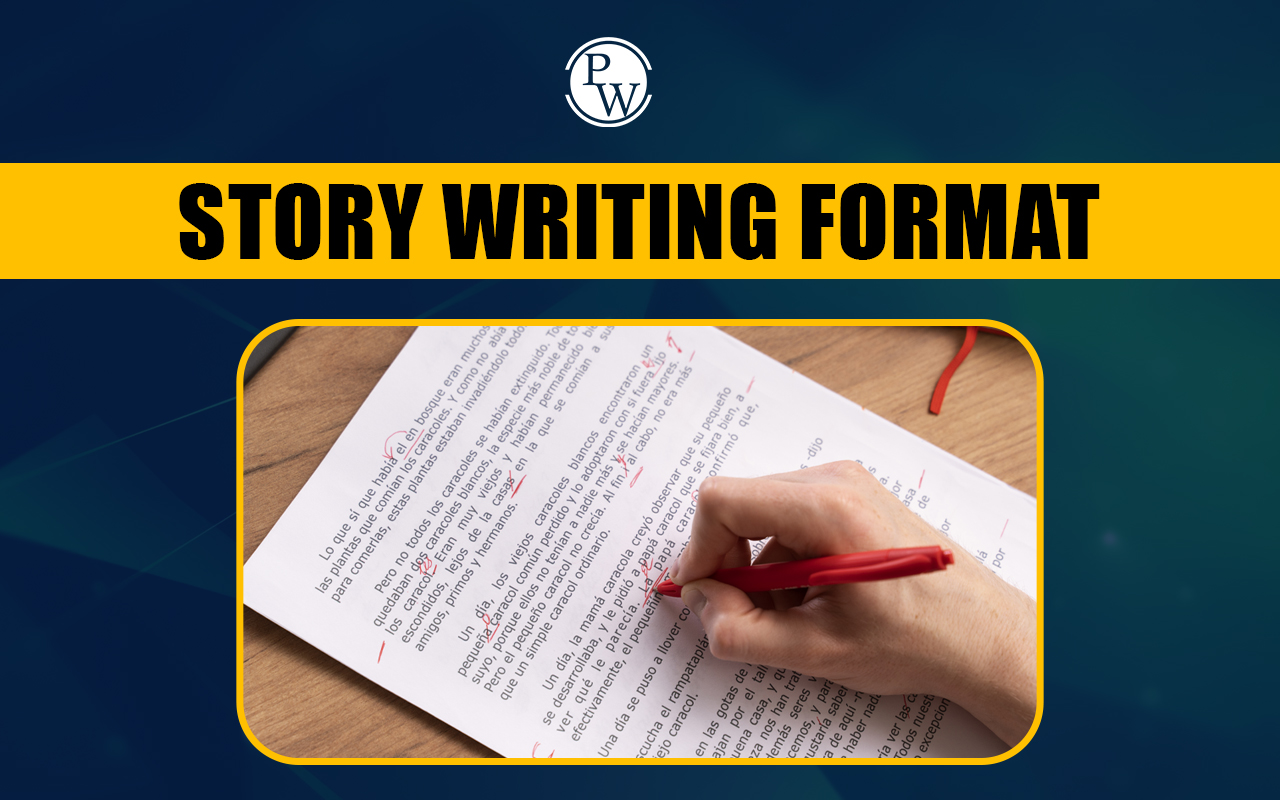
Story Writing Format: When writing a story, it is important to follow a clear format that includes three main components: the introduction, body and conclusion.
The introduction sets the stage by introducing characters, the setting and the initial situation to capture the reader’s interest. In the body, the main events unfold presenting conflicts and actions leading to a climax, with vivid details to engage the reader. The conclusion wraps up the story, resolving conflicts and providing closure. It often reflects on the theme or moral, leaving the reader with something to ponder. Following this structure enhances the storytelling experience.What is Story Writing?
Story writing is when you create a tale about people, animals or even things. In a story, you tell about events that happen, like a problem someone faces and how they solve it. A story can be real, based on things that actually happened, or made up with characters and places from your imagination. Writing stories helps you use your creativity and practice your writing skills. It can be a fun hobby because you get to invent new worlds and adventures. To write a good story, you need to know its parts and how to put them together.Read More - Essay Writing Topics for School Students in English
Components of a Story
Do you love reading or listening to stories? Many of us have enjoyed bedtime stories told by our parents or grandparents. Have you ever wanted to write your own exciting story? To do that, it is important to understand the main parts that make up a story. There are five key components:Characters
Every story needs characters. These can be people, animals, or even objects that act like characters. They drive the story forward. Having interesting characters - like a brave hero, a funny sidekick, or a clever villain - makes the story more engaging.Setting
The setting is where and when the story takes place. It can be in a forest, a city, outer space, or even inside someone’s mind. The details about the setting help create a vivid picture for readers and make the story come alive.Plot
The plot is what happens in the story. It includes a series of events and actions that lead to the main conflict. A strong plot usually has five elements:- Exposition : Introduces the characters and setting.
- Rising Action : Events that create tension and introduce challenges.
- Climax : The most exciting part where the main conflict reaches a peak.
- Falling Action : Events that happen after the climax leading towards the conclusion.
- Conclusion : The end of the story, where everything is resolved.
Theme
The theme is the main idea or message of the story. It is what the story is really about, such as friendship, bravery, or love. For example, the theme of “Coco” is about the importance of family and music.Conflict
Conflict is the problem or challenge that the characters face. It can be an obstacle that makes it hard for them to reach their goal. This conflict pushes the characters to change and grow as they find a way to overcome their challenges.Story Writing Format FAQs
What is the basic format of a story?
A story follows a three-part structure:
Beginning: Introduces the characters, setting, and sets the tone of the story.
Middle: This is where the main events and conflicts occur, driving the story forward.
End: The conclusion or resolution where the conflict is resolved, or the story wraps up.
Do I need dialogue in my story?
No, dialogue is not necessary, but it helps to develop characters and move the plot forward.
How important is the title of the story?
The title is very important as it is the first thing readers see. It should be catchy and give a hint about what the story is about. A good title draws the reader in.
Can I have more than one main character in my story?
Yes, you can have multiple main characters, but ensure each character is developed and has a purpose in the story. Avoid too many characters, as it can confuse the reader especially in short stories.
Talk to a counsellorHave doubts? Our support team will be happy to assist you!

Check out these Related Articles
Free Learning Resources
PW Books
Notes (Class 10-12)
PW Study Materials
Notes (Class 6-9)
Ncert Solutions
Govt Exams
Class 6th to 12th Online Courses
Govt Job Exams Courses
UPSC Coaching
Defence Exam Coaching
Gate Exam Coaching
Other Exams
Know about Physics Wallah
Physics Wallah is an Indian edtech platform that provides accessible & comprehensive learning experiences to students from Class 6th to postgraduate level. We also provide extensive NCERT solutions, sample paper, NEET, JEE Mains, BITSAT previous year papers & more such resources to students. Physics Wallah also caters to over 3.5 million registered students and over 78 lakh+ Youtube subscribers with 4.8 rating on its app.
We Stand Out because
We provide students with intensive courses with India’s qualified & experienced faculties & mentors. PW strives to make the learning experience comprehensive and accessible for students of all sections of society. We believe in empowering every single student who couldn't dream of a good career in engineering and medical field earlier.
Our Key Focus Areas
Physics Wallah's main focus is to make the learning experience as economical as possible for all students. With our affordable courses like Lakshya, Udaan and Arjuna and many others, we have been able to provide a platform for lakhs of aspirants. From providing Chemistry, Maths, Physics formula to giving e-books of eminent authors like RD Sharma, RS Aggarwal and Lakhmir Singh, PW focuses on every single student's need for preparation.
What Makes Us Different
Physics Wallah strives to develop a comprehensive pedagogical structure for students, where they get a state-of-the-art learning experience with study material and resources. Apart from catering students preparing for JEE Mains and NEET, PW also provides study material for each state board like Uttar Pradesh, Bihar, and others
Copyright © 2025 Physicswallah Limited All rights reserved.
Get App
